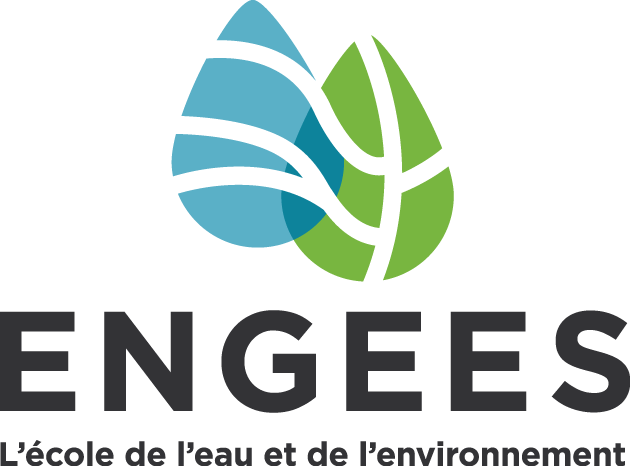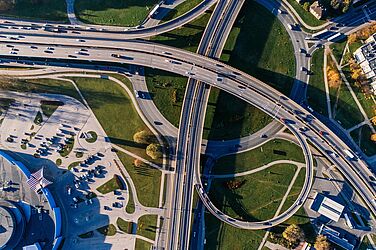News from the Interreg AsimutE project Towards a tool for consultation between citizens and public authorities on energy sufficiency
The actions of WP5 of the Interreg ASIMUTE project aim to understand how local authorities develop their energy and climate policies in line with European and national plans, and to determine the extent to which they involve residents in their strategies. The objective is also to study residents’ perceptions of these policies and of what is expected from their contribution. The ambition is to identify potential sources of misunderstanding and tension, and to develop proposals to improve cooperation between the different stakeholders in the territory.
Analysis of energy and climate planning actions implemented by public authorities
Territorial Climate–Air–Energy Plans (PCAET) from municipalities in the Upper Rhine Region were analyzed. This work was carried out using textometric tools to understand what is expected of residents in terms of energy sufficiency. This aspect is addressed in highly variable ways, often insufficiently and in favor of measures primarily aimed at efficiency, disconnected from commitments to self-consumption. Each proposed measure is characterized in order to develop a mapping of the plans and the indicators used to monitor them. Surveys are currently being analyzed to understand the conditions under which these plans emerge.
Analysis of citizens’ representations of energy and climate planning
Characterizing residents’ perceptions of the public policies implemented by their local authorities in terms of energy and climate planning is essential: what is understood and what is expected from their participation in terms of energy sobriety? A survey, combining an online questionnaire and semi-structured interviews with residents of the Eurometropolis of Strasbourg, made it possible to analyze their understanding of the concept of energy sufficiency, their appropriation of this concept in everyday life, their perceptions of public policies and of their own role in these policies, as well as of consultation tools.
Consultation tool for energy and climate planning
The next step is to propose a consultation methodology for energy and climate planning. Methodological reflections have been developed on the basis of the results of the previous actions. The tool will aim to make objectives and the criteria used to monitor them clearly visible. Residents will be able to give their opinions on measures that directly affect them or their environment. Authorities will be able to consult how these opinions evolve in relation to changes in the criteria characterizing their strategies. Analyzing the co-evolution of policies and their representations can serve as a lever for improved consu :ltation.
Other works








